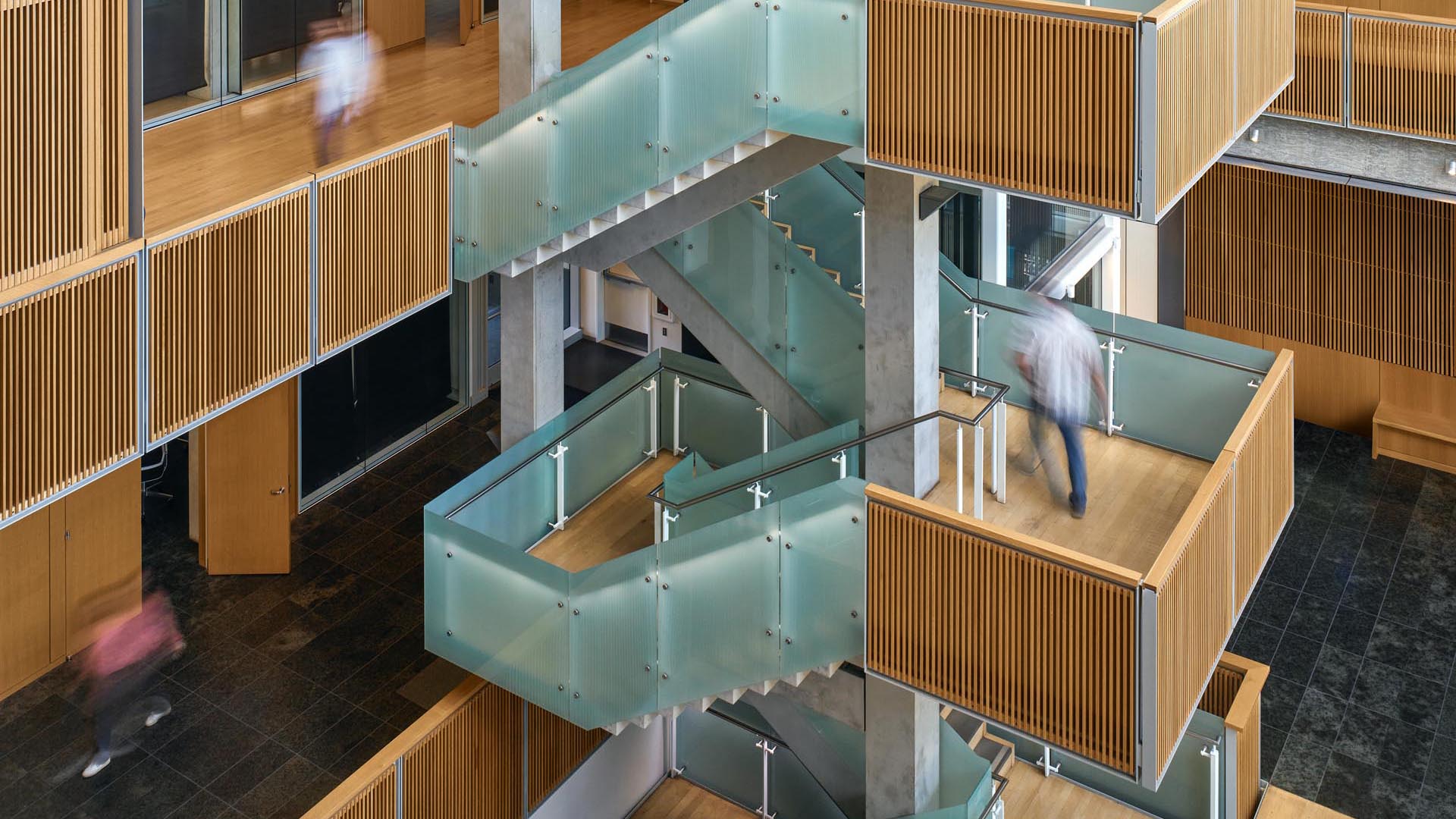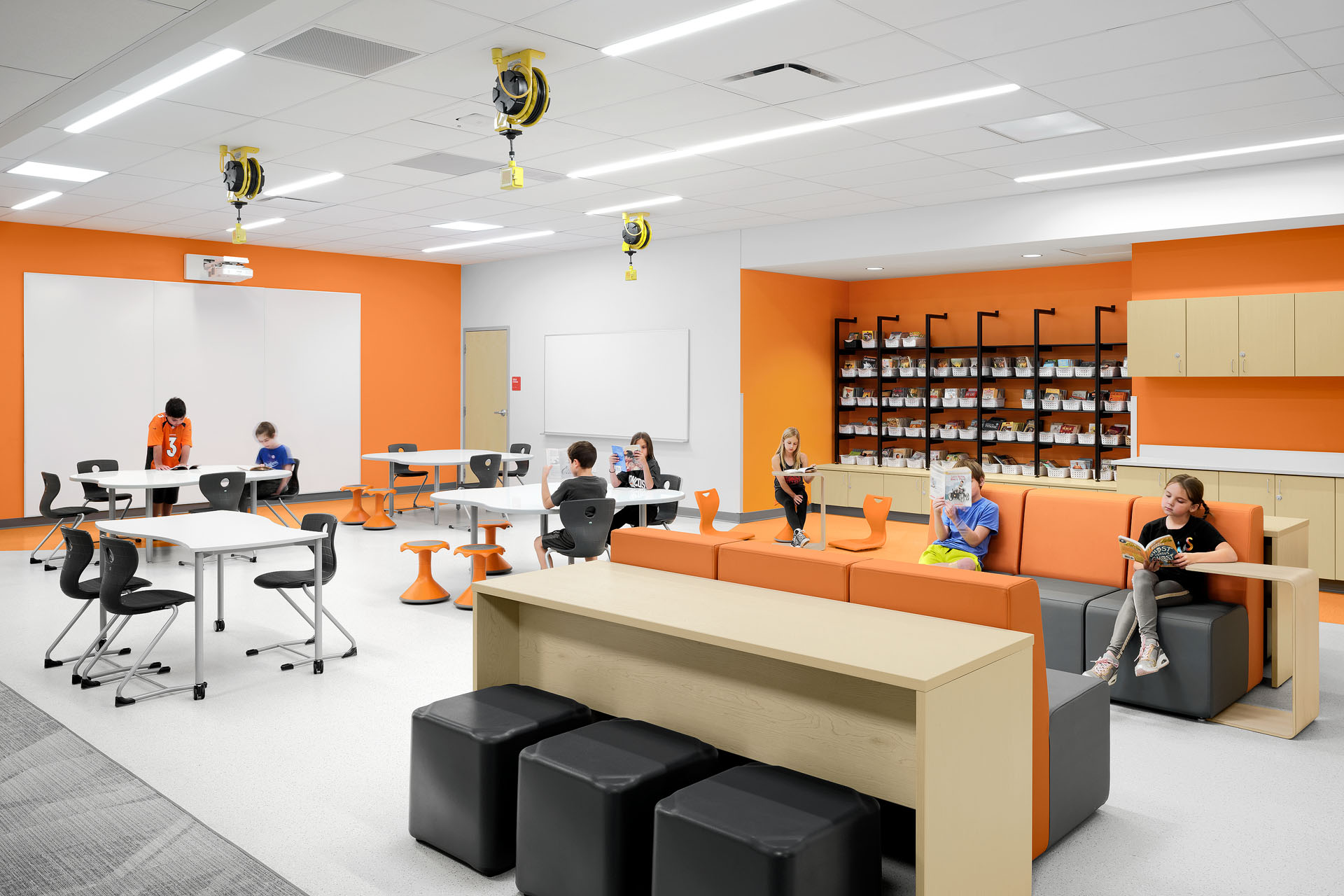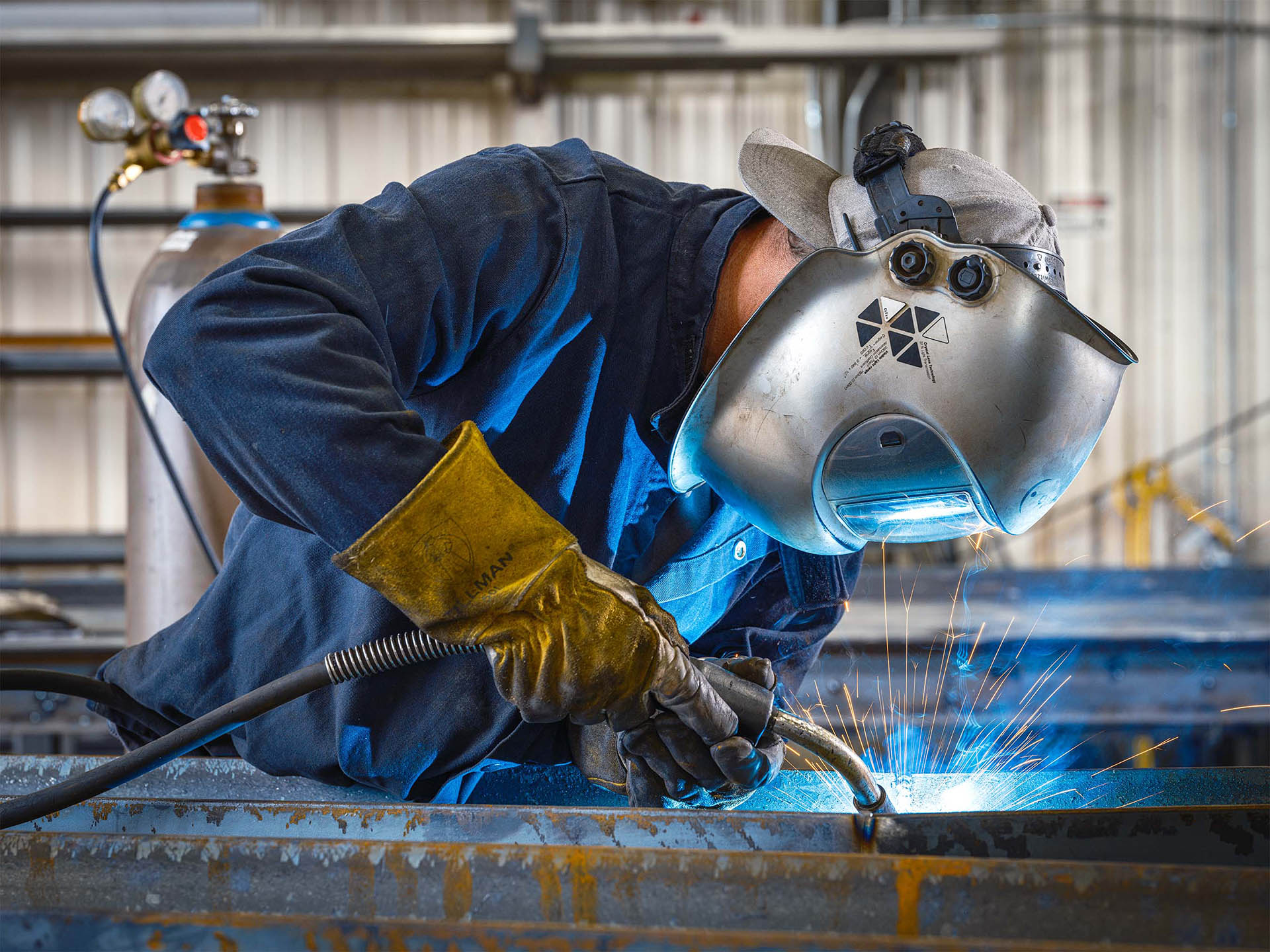The Human Element in Commercial Photography

When creating images for commercial purposes, whether in architectural, industrial, or corporate settings, one important decision photographers and clients face is whether to include people in the images. This choice significantly impacts how the subject matter is perceived and understood. Including people provides context and scale, demonstrates functionality, and adds a human touch that can bring energy and life to otherwise static images.
The decision to include people depends on factors such as project goals, budget, and the intended use of the images. This article explores various approaches to incorporating the human element in commercial photography, along with their pros and cons.
Spontaneous Inclusion (Architectural Photography)
Spontaneous inclusion involves capturing people naturally using the space during the photoshoot without prior arrangement. This approach is often used in public spaces, busy areas, or when aiming for a more documentary-style result.

PROS: The primary strength of this method lies in its authenticity. It captures genuine interactions between people and the environment, often resulting in diverse and realistic scenes. This approach can be ideal for public spaces and projects where showing the true life of the building is a priority. It can also lead to unexpected and dynamic compositions.
CONS: Photographers have limited control over the appearance, positioning, and number of people in the frame. Desired shots may not materialize, potentially requiring more time on-site. There are also potential privacy concerns, especially in more intimate settings. To address this, photographers often use long camera exposures, slightly blurring people's movements, which not only addresses privacy issues but also adds a dynamic element to the images.
Staged Scenes with On-site People (Architectural Photography)
This method involves arranging people who regularly use the space – such as staff, students, or visitors – in specific positions for the photoshoot. It's a middle-ground approach that aims to balance authenticity with a degree of control over the final image.

PROS: This approach strikes a balance between authenticity and control, as the participants are familiar with the space, leading to more natural interactions. It can create a sense of community involvement and accurately represent how the space is used. The resulting images tend to feel genuine while still allowing for some direction in terms of composition and activity.
CONS: This method requires coordination and necessitates signed consent forms from all participants. It may add time to the project schedule, as working with non-professionals can be less efficient. Participants may not feel natural in front of the camera, potentially leading to stiff results, though this can usually be overcome with patient guidance from the photographer.
Employee Participation (Industrial Photography)
This approach involves using actual employees as subjects in industrial settings, capturing them performing their real jobs on-site. It's particularly effective for showcasing the human aspect of industrial operations, safety practices, or specific work processes.

PROS: Using real employees creates authenticity and accurately represents the work environment. It can boost employee morale by involving them in the company's visual narrative. This method is often more cost-effective than hiring models and provides an accurate depiction of the workplace and its processes.
CONS: This approach requires careful coordination and may disrupt regular work schedules, potentially impacting productivity. Many employees may not be comfortable in front of the camera, which could result in stiff or unnatural poses. There's also the challenge of ensuring all necessary safety gear is worn correctly and consistently throughout the shoot.
Professional Models (Corporate Photography)
Hiring professional models through an agency is often used for high-end corporate projects, especially in studio settings. These individuals are trained in posing, taking direction, and creating believable interactions, which can be particularly useful for specific marketing or branding shots.

PROS: Professional models offer reliability and a polished appearance, ensuring high-quality results. Their experience often leads to efficient shoots and a wide range of usable images. This approach allows photographers to tailor the human element precisely to match the desired corporate image or brand aesthetic.
CONS: The most significant drawback is the cost, including base rates, usage fees, and potential time restrictions. Additional pre-production time is required for casting and wardrobe selection. While professional models can create stunning images, there's a risk that the results may appear overly staged or inauthentic, potentially detracting from the corporate message.
Legal and Ethical Considerations
Navigating legal and ethical considerations is crucial across all types of commercial photography. Always obtain necessary permissions or releases when including identifiable individuals, especially in corporate or industrial settings where confidentiality may be a concern. Be aware of privacy policies, particularly in sensitive environments like schools or healthcare facilities.
For spontaneous inclusion in public spaces, using techniques like long exposures can help avoid the need for individual releases. However, always respect individuals who express discomfort or unwillingness to be photographed. Some institutions have strict rules about including people in photographs, so always check and adhere to local policies and regulations.
How Will You Incorporate People in Your Next Photography Project?
Each approach to including people in commercial photography has its unique strengths and challenges. The choice depends on the specific needs of the project, including the type of environment (corporate, industrial, architectural), budget, desired aesthetic, timeline, and intended use of the images.
We encourage experimentation with different approaches to find what works best for your specific projects. The goal is to create images that effectively communicate the essence and purpose of the subject, whether it's a corporate brand, an industrial process, or an architectural space. By carefully considering these factors and the pros and cons of each method, photographers and clients can make informed decisions that bring their subjects to life through the human element.

 Fashion Gray
Fashion Gray Crimson
Crimson Deep Yellow
Deep Yellow Tech Green
Tech Green Black
Black Purple
Purple Blue Jean
Blue Jean Blue Jay
Blue Jay Orange
Orange Primary Red
Primary Red Super White
Super White